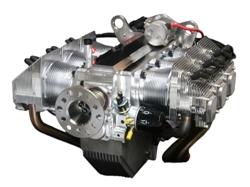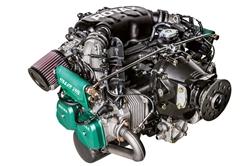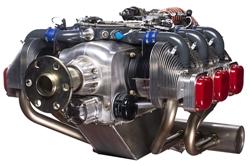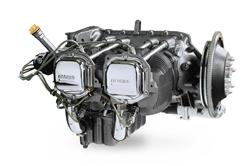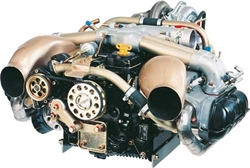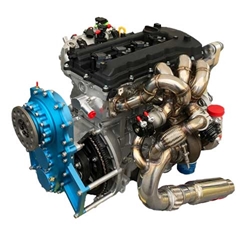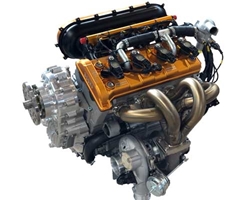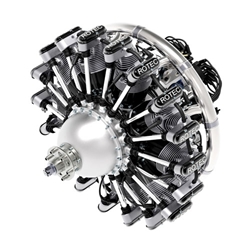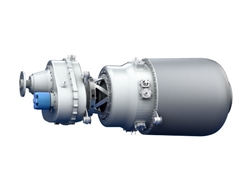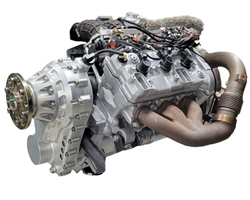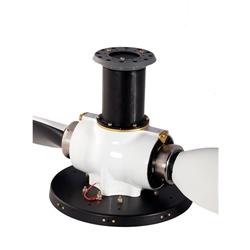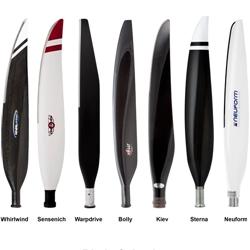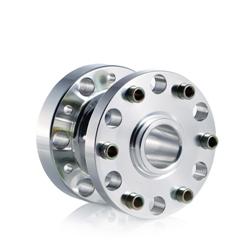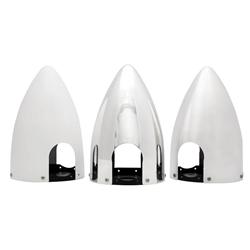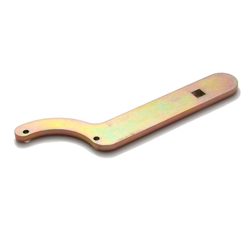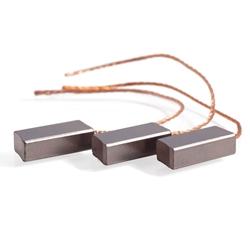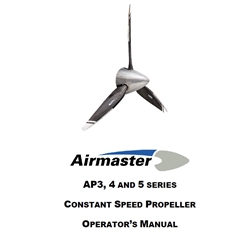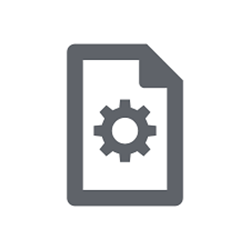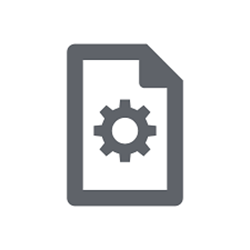Pre-Requisites
Complete the following tasks before proceeding with this instruction:
• Install Propeller hub (and mount kit) onto aircraft in accordance with applicable installation procedure. This is the recommended method, however in some cases operators may find it easier to assemble the blades to the hub before it is installed onto the aircraft.
• Inspect Hub Bores for nicks and burrs.
• Inspect each Blade Retention assembly for damage including threads on Retention Nut and Thrust Bearing elements.
• Lubricate Hub assembly in accordance with Hub Lubrication Instruction.
WARNING
Ensure that aircraft power is turned off throughout this procedure.
WARNING
Proper installation of the blade assemblies is imperative for safe function of the propeller and ensuring the safety of the pilot. Ensure that all blade assembly checks contained within this instruction have been verified after the installation is complete.
Step 1 Blade Preparation
- Ensure that all pre-requisites listed at the start of this instruction are completed.
- The blade assemblies must be inspected for improper condition and lubricated in accordance with relevant instruction.
|
 |
Step 2 Hub Preparation
- The hub assemblies must be inspected for improper condition and lubricated in accordance with relevant instruction.
Note
Park the pitch change mechanism at the coarse pitch limit for easier blade assembly.
|
 |


